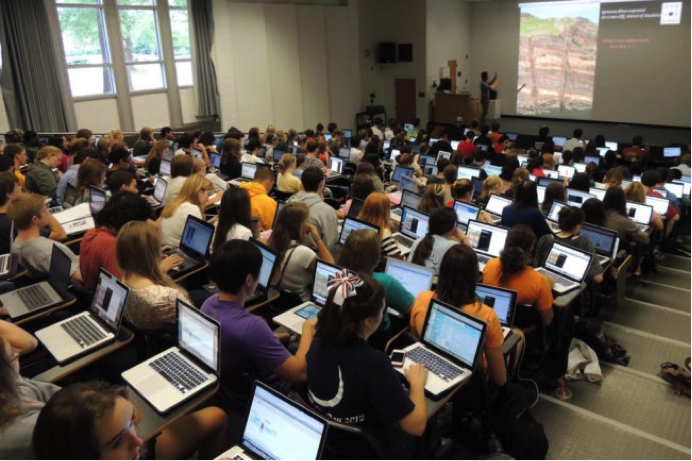
Why teach about media literacy?
As NAMLE explained, “The purpose of media literacy education is to help individuals of all ages to develop the habits of inquiry and skills of expression that they need to be critical thinkers, effective communicators, and active citizens in today’s world” (Scheibe & Rogow, 2012). As it seems that social media is being involved in our daily lives more and more over time, students can be confused as they see messages on there. According to Scholastic, teaching students specifically about media literacy skills can provide them with tools needed to be responsible and critical consumers of media (2017).

With Scholastic’s indication, I believe that it is the educator’s responsibility to teach their students the skills for Digital and Media Literacy (D&ML). Scheibe & Rogow (2012) believe that: “In an age of media convergence and rapid change, the approach that makes the most sense for media literacy educators is to provide students with reading, writing, analysis, and reflection skills that apply across all technologies, including versions that will come in the future” (p. 16). It is important to educate students when media literacy is always changing and evolving over time. This way they are being prepared for what the future holds.

As mentioned previously, D&ML is to help individual of all ages. Parents of younger learners would not typically provide their child with reading, writing, analysis, and reflection skills that would apply across technologies. Today technology plays an important role in our daily lives. More students are using technology to access course material online. This is why starting at a young age, educators should teach their learners and have them be familiarized with D&ML.

What are some challenges?
Major challenge with teaching D&ML is that not everyone would have access to a computer or tablet at home such as lower income families. It can be a challenge for the learner itself as well. If they do not have access to a computer at home then they would not be able to be on the same learning process as their peers. Another challenge is that not every school has the fund to purchase enough computers or tablets for all of their students. Teaching D&ML requires a technology. It can be a major issue for schools to teach D&ML when there is not enough resource for each one of their students. If the budget is a challenge for the school, do you believe there are other ways to teach D&ML skills to these students? What else can schools or educators do when facing such challenge(s)? Do you think many students of all ages will be affected if institutions aren’t going to teach D&ML skills? In what ways will they be affected?
References:
DePasquale, J. “Tackling Fake News: Strategies for Teaching Media Literacy Scholastic.” Scholastic Publishes Literacy Resources and Children’s Books for Kids of All Ages, 6 Jan. 2017, www.scholastic.com/teachers/blog-posts/john-depasquale/2017/Tackling-Fake-News–Strategies-for-Teaching-Media-Literacy/.
“Media Literacy Defined.” National Association for Media Literacy Education, 10 Mar. 2017, namle.net/publications/media-literacy-definitions/.
Scheibe, C., Rogow, F. (2012). Critical Thinking in a Multimedia World. Corwin: Thousand Oaks, CA.

